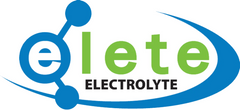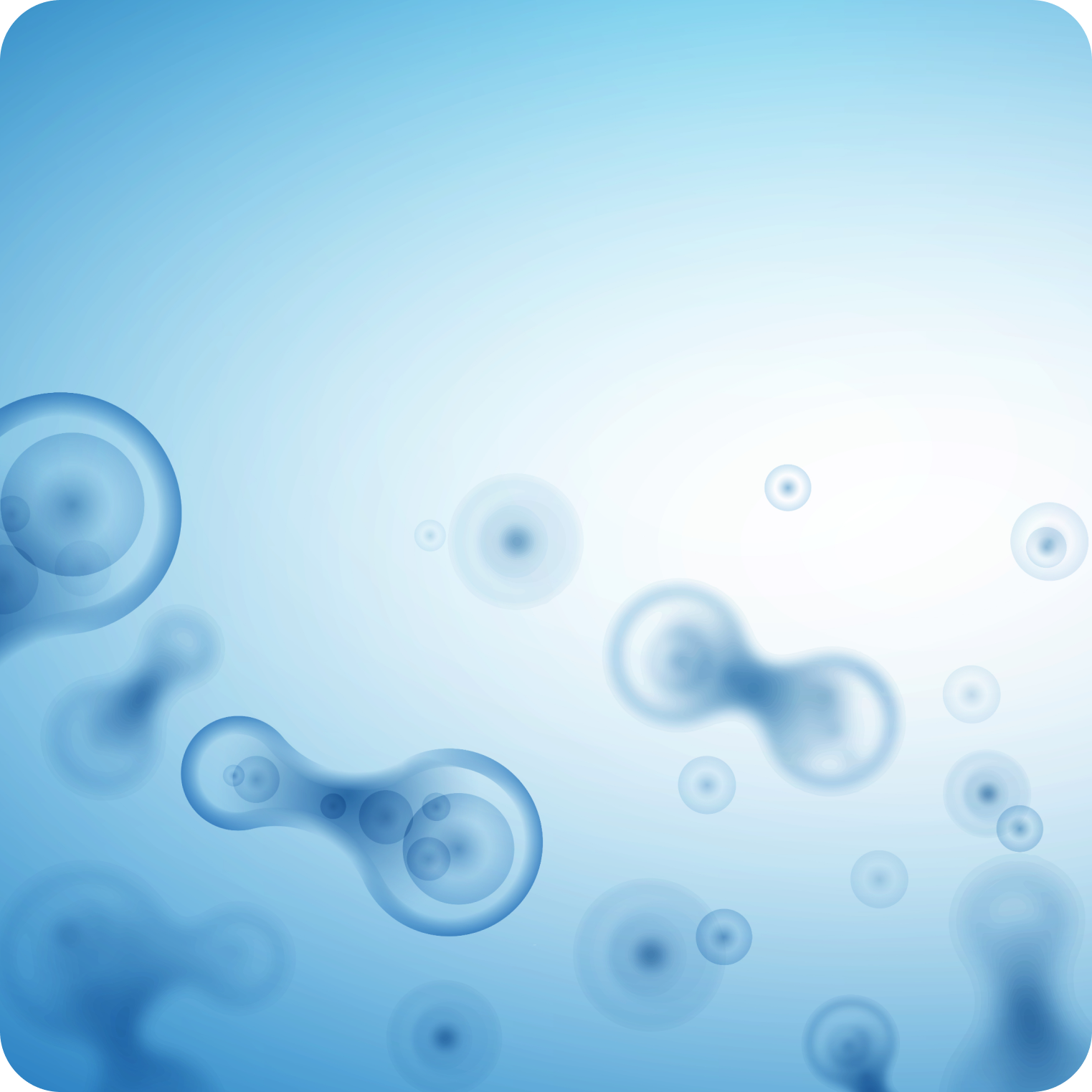Every living being is composed of cells. To sustain life, each cell depends upon a steady, adequate intake of the following elements: air, water and nutrients, especially electrolytes. Electrolytes refer to essential minerals critical to health in a number of ways. Acting independently and cohesively, each of these minerals called electrolytes— specifically magnesium, calcium, chloride, sodium and potassium— work with water in maintaining fluid and electrolyte homeostasis, in generating and conducting electrical impulses across cell membranes, in nerve transmission, muscle function and cognitive function. Our body fluids, i.e., blood, cerebrospinal fluid, perspiration, etc., are, in fact, a combination of water and dilute solutions of electrolytes. Any imbalance or inadequacy of these elements can result in impaired muscle function, nerve transmission, cognition and, in severe cases, death.
The elete™ ElectroLyte formulation from Mineral Resources International Inc. is a balanced dietary supplement that replaces valuable electrolytes which, with the exception of sodium, are commonly deficient in today's diet. In addition, elete™ ElectroLytes are designed to replenish those minerals lost in nutritionally significant amounts in perspiration including: magnesium, critical for energy production and cardiovascular function; chloride, necessary for body-water and acid-base balance and potassium and calcium, necessary for muscle contraction and impulse conduction in the nerves. The elete™ ElectroLytes formulation also captures the perfect balance of micronutrients including boron, zinc and selenium, which are important elements found as part of enzymes and are required in many enzymatic functions.
An important, abiding factor in ensuring an optimal level of electrolytes and trace minerals is the bioavailability of the minerals themselves. The minerals and trace minerals present in elete™ ElectroLytes are present in an ionic form, which translates to improved absorption and assimilation. Ionic elements are designed to readily dissociate in liquid and move to a positive or negative charge. This ionic form is simply a superior, or more bio-available form, as the macro and micro-nutrients are already contained in a form that the body utilizes.
Read the full study here

